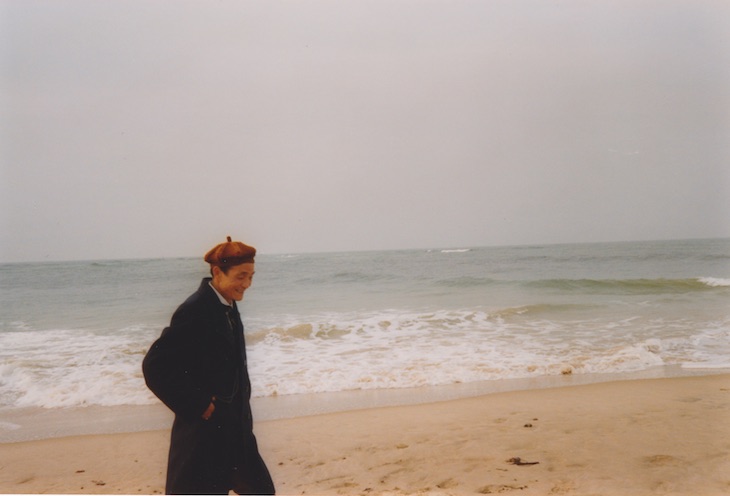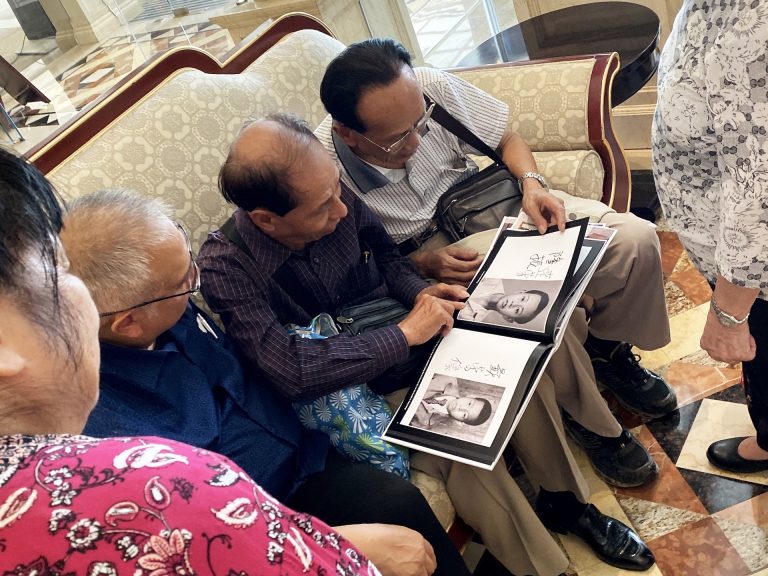Imagine entering a grand yet welcoming building filled with historical artifacts, cultural relics, and captivating artworks — and everyone depicted inside looks like you! That’s what it feels like to set foot in any one of the museums across the United States dedicated to preserving and celebrating the history of Chinese Americans. These institutions not only educate the public, they also validate our personal stories, uplift the immigrant struggle, and give our history a permanent home.
That’s how I felt — validated and uplifted — when I first walked into the Museum of Chinese in America in New York City six years ago. The images on the walls were familiar, but also piqued my curiosity. That feeling has brought me back to the museum again and again.
Below, you’ll find information on ten Chinese American museums, in no particular order. While these museums have much in common, they are each uniquely rooted in their local environments. The stories displayed within their walls grapple with historic exclusion; but they also show how immigrants created true communities. In fact, most of these museums grew out of grassroots efforts to preserve our collective history. Today, they serve as vital stewards of that history, and offer contextual or personal facts and clues as to what life was like for the generations who came before us. Read on to see if there is a museum near you or how you can learn from these institutions from afar!
Chinese Historical Society of America, San Francisco, CA

We start in San Francisco, the entry point of most early Chinese migrants to America before immigration opened up in 1965. This city’s impact on Chinese Americans is undeniable, due to its massive earthquake in 1906 and the ensuing fire, which allowed thousands of “paper sons” to move to the United States during the era of Chinese exclusion. San Francisco’s Chinatown is the country’s oldest, and it is here that the Chinese Historical Society of America (CHSA) is located.
The museum offers guided tours not just of its exhibits but also of the surrounding neighborhood so that visitors can get a feel for the history (and food!) of Chinatown. For anyone outside of San Francisco, CHSA offers a virtual guided tour of their exhibit on immigration and exclusion. Also available online are artifacts from their collection, which includes photographs, newspaper clippings, postcards, and more.
Museum of Chinese in America, New York, NY
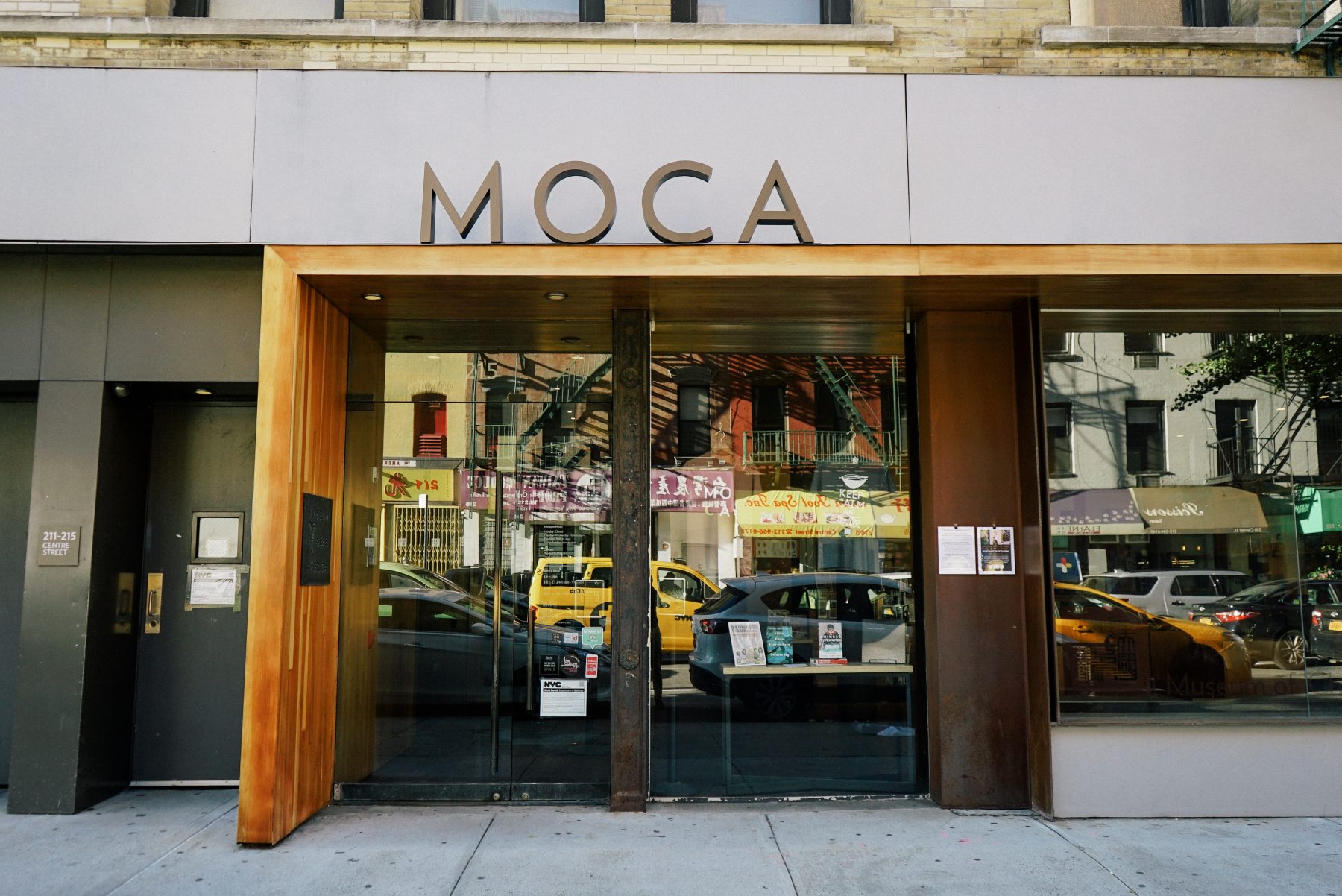
The Museum of Chinese in America, or MOCA, has roots in a 1980 community project, when a historian and a community activist worked together to salvage historically relevant artifacts within Manhattan’s Chinatown. That first year, the fledgling team also collected twenty-eight oral histories of longtime community residents. Their purview has since expanded beyond New York to cover all Chinese people living in the United States. In 2009, the museum moved to its current location, a beautiful building designed by Chinese American architect, Maya Lin.
In January 2020, a separate building that housed the majority of their collection of over 85,000 artifacts suffered a devastating fire. Fortunately, ninety-five percent of the archive was able to be recovered, though more restoration is needed. Much of the collection is now stored at MOCA’s new workshop, which will soon open to the public. This workshop will also serve as a space where Chinese Americans can capture their own oral histories.
MOCA also continues to make resources available online. Almost one-third of the collection has been digitized and cataloged into several different research systems, all searchable to find items that may be relevant to you or your family.
Chinese American Museum, Los Angeles, CA
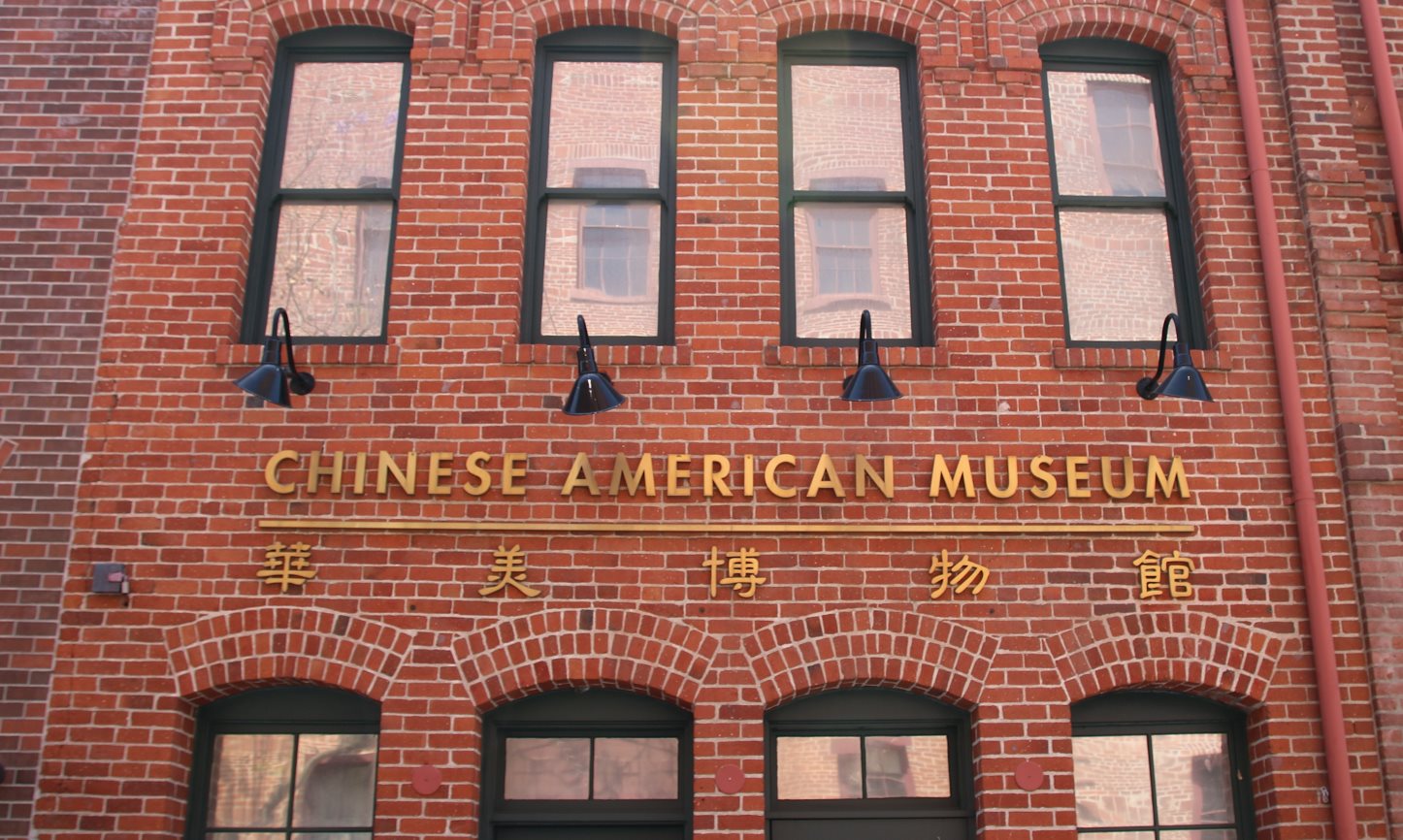
The Chinese American Museum (CAM) in Los Angeles is a 7,200 square foot space located in the oldest surviving building of historic Chinatown.
CAM officially opened its doors to the public on December 18, 2003 with much community and civic support. The museum resides at the El Pueblo Monument, a 44-acre public park representing the city’s rich immigrant history that began 150 years ago when the first major Chinese settlement was recorded.
Through its regular schedule of permanent and limited exhibitions, as well as programs, events, publications, and curated workshops, CAM continues its important mission to preserve and share the Chinese experience in Los Angeles.
Chinese Historical Society of Southern California, Los Angeles, CA
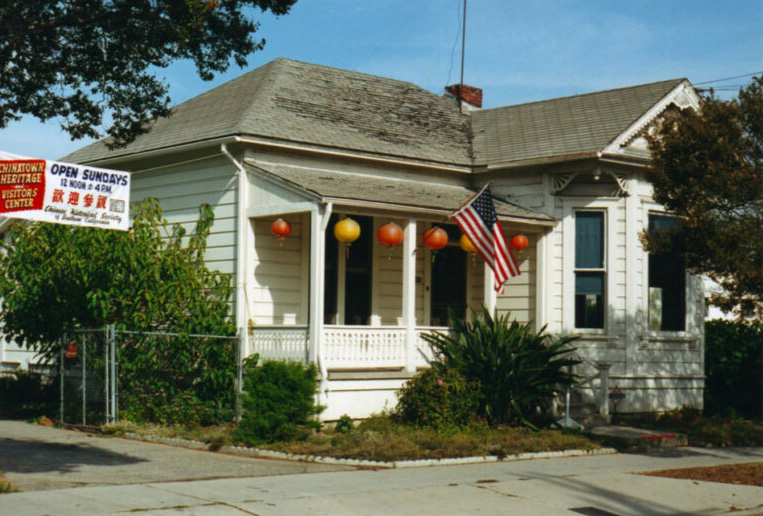
Like some other museums on this list, the Chinese Historical Society of Southern California (CHSSC) started as a foundation in 1975 and only found its physical home in Los Angeles years later. It has since become a catalyst for community connection and advocacy in fields ranging from landmark conservancy to academic publication.
CHSSC reminds us that Chinese people have a long history in California. When LA’s Metro Red line was constructed, an archaeological dig performed at Union Station (the location of the city’s original Chinatown) revealed artifacts from the 1800s. Those artifacts are now on display at the museum in current-day Chinatown, where they offer walking tours.
If you have ever conducted research at the National Archives, you may have benefited directly from CHSSC’s digitization efforts of Chinese records. The Society also contributes to academic research and preservation, much of which is freely available on their website. You may also learn something from their historic timeline, spanning from the 1700s to the 2000s, which contextualizes events of the Chinese American community within the broader national milieu.
Chinese American Museum, Chicago, IL
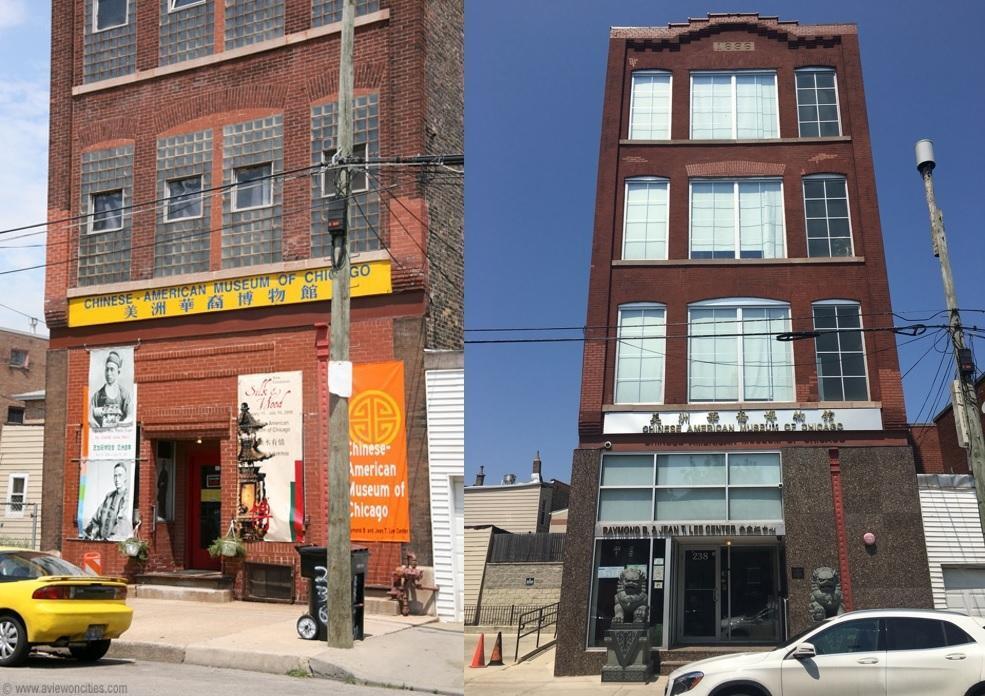
Located in Chicago’s Chinatown, the Chinese American Museum of Chicago (CAMOC) focuses on Chinese Americans in the Midwest region. The museum has been open to the public since May of 2005.
Their programming ranges from storytelling workshops to exhibits on Chinese cuisine in America. An ongoing exhibit that partners with the family associations of Chicago to tell the history of Chinatown would be of special interest to genealogists. Be sure to check out their YouTube channel, where they keep a robust archive of previous events and tours.
Another way to connect with the museum from afar is to explore their collections online, with categories including objects, food, people, and pre- and post-1900.
Chinese Historical Society of New England, Boston, MA
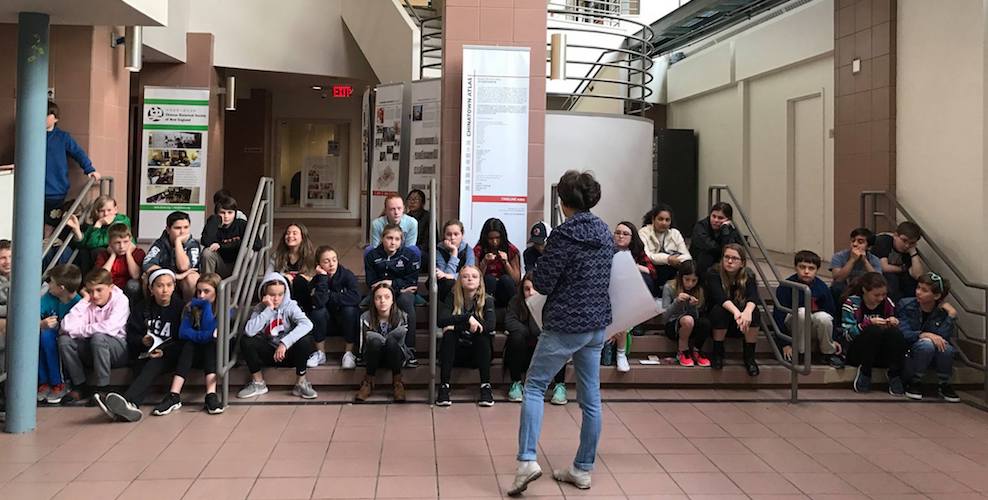
New England was once home to several Chinatowns, including Providence, Rhode Island and Portland, Maine. Today, Boston’s Chinatown is the only one in the region that remains active, and it’s here that the Chinese Historical Society of New England (CHSNE) was established in 1992. They engage with the community on many fronts, including a major project to restore and index the historic Chinese section in the nearby Mount Hope Cemetery, where more than 1,500 Chinese immigrants have been buried since 1930.
CHSNE’s mission of education and preservation also mandates that they host an extensive collection of artifacts including publications, personal photographs and household goods, business records and advertisements, and more. Many families donate materials to the Society, and with the donors’ permission, those artifacts are available for historians and genealogists to use for research and educational purposes. In their collection on Chinese-owned businesses, you may be able to find information on restaurants, laundries, and other businesses that once employed your family members.
Chinese American Museum, Washington, D.C.
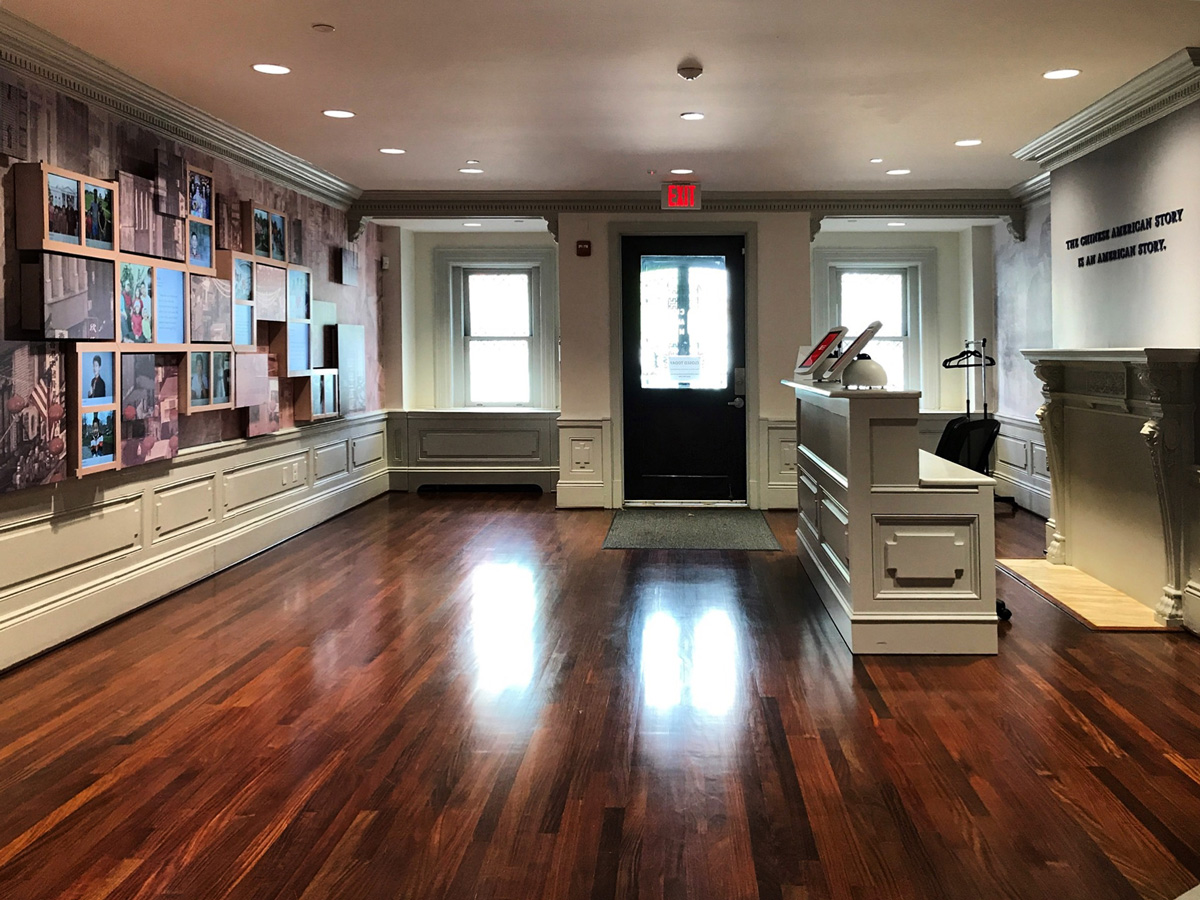
The Chinese American Museum is one of the newest organizations on this list, officially launched in 2018 and opened in 2019. Part of their mission is to make Chinese American history accessible in the nation’s capital, Washington D.C., and to its millions of annual visitors.
The museum is still developing their permanent exhibits, while accepting artifacts from families to expand their collection. Past temporary exhibits have included a feature on “Chinese American Women in History” and “Golden Threads: Chinese Opera in America.”
You may enjoy the museum’s lively schedule of online events, including documentary screenings, book talks, holiday celebrations, cooking demonstrations, and more. The topics covered range from historical to present-day.
Wing Luke Museum, Seattle, WA
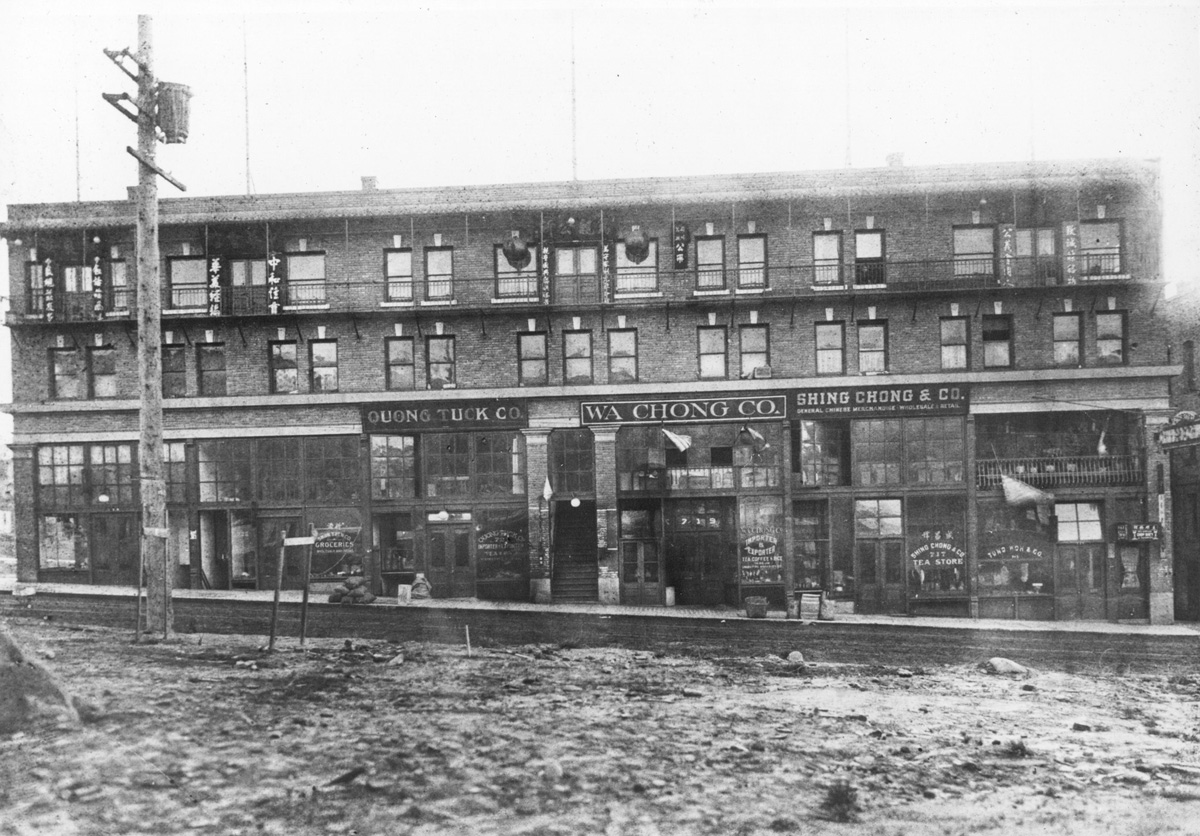
The Wing Luke Museum in Seattle is a unique addition to this list: it is the only museum in the United States dedicated to the pan-Asian American experience, not just Chinese Americans. With the designation of Smithsonian Institution, the museum was named for Wing Luke, a Cantonese American immigrant and son of a laundry worker who became the first Asian American elected to public office in the Pacific Northwest. The museum building itself also reveals Chinese American history, as it originally housed several family associations.
This is the museum to visit if you want to immerse yourself in what life might have looked like for an early Chinese immigrant, from the boarding house to the dry goods store. If you are unable to visit in person, virtual tours are available to schedule by calling the museum.
The digital collections of the Wing Luke Museum Governor Gary Locke Library and Community Heritage Center are available and searchable online, including materials to learn about the Seattle Chinatown and International District neighborhoods. While the museum has many local artifacts, they also preserve objects from Asian Americans all over the country.
Fun fact: since the museum is located in Bruce Lee’s hometown of Seattle, they also offer a tour of his favorite neighborhood joints!
Mississippi Delta Chinese Heritage Museum, Cleveland, MS
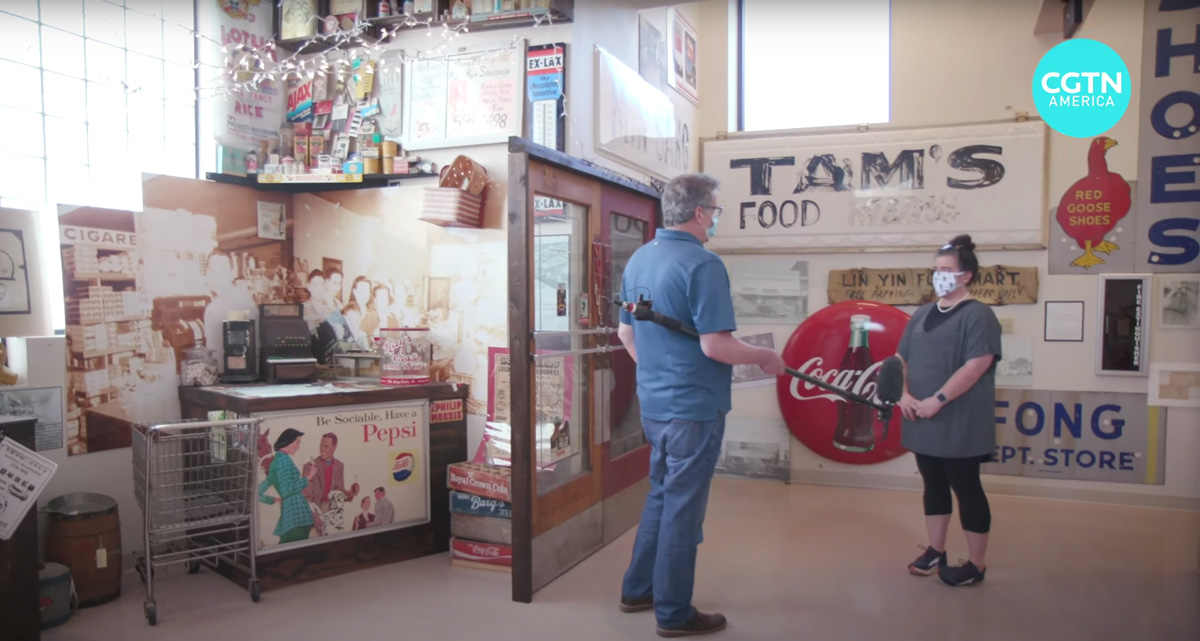
Though many early Chinese immigrants traveled through the West Coast on entry, they can be found in all corners of the country. Chinese laborers moved to Mississippi more than a hundred years ago, and the Mississippi Delta Chinese Heritage Museum (MDCHM) assures this history is recognized as integral to the culture of the Deep South. An MDCHM newsletter showcases one great example: the state’s new flag was designed in part by Sue Anna Joe, a Chinese American, Mississippi born and bred artist.
Housed within Delta State University, academia is closely intertwined with this museum. The MDCHM collects all types of memorabilia from local families, many of whom worked on farms or ran grocery stores catered to the community. Another special highlight of this collection are the oral histories, which have been gathered, transcribed, and stored since the 1990s.
Portland Chinatown Museum, Portland, OR
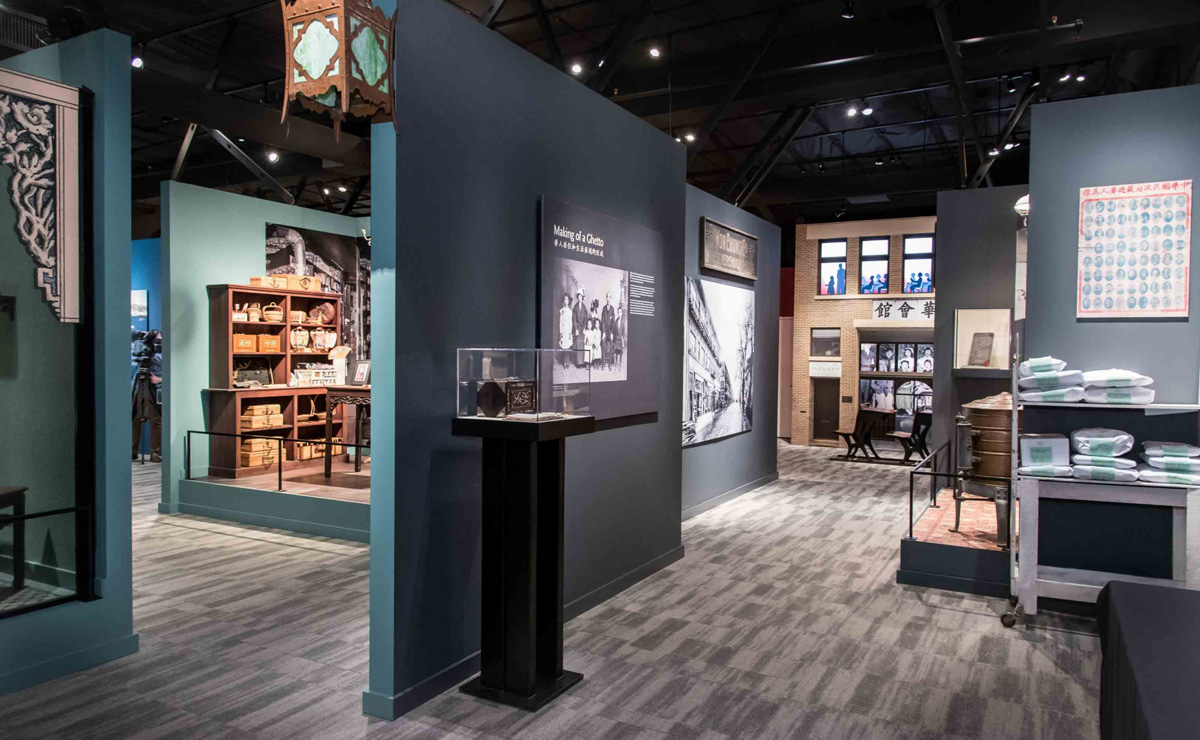
Many states have a long history of legal exclusion of Chinese immigrants, and Oregon is no exception. That history makes this museum’s presence in Portland all the more important. The museum was officially established in 2014, but has roots in a community project dating 15 years prior. With a focus on story-telling and the arts, this modern gallery in a historic building exhibits both contemporary art and media as well as older photographs and objects.
The Portland Chinatown Museum hosts programming that provides a thorough understanding of Chinese immigrant experiences across the state. You can also preview their oral history collection, featuring Chinatown elders who speak about their families in Oregon, some of whom immigrated to the area in the late 19th century.
This list is, of course, not an exhaustive one. Are there any other museums you love to visit to connect with your history? Join our community on Discord to continue the conversation and help us preserve the stories of our ancestors!
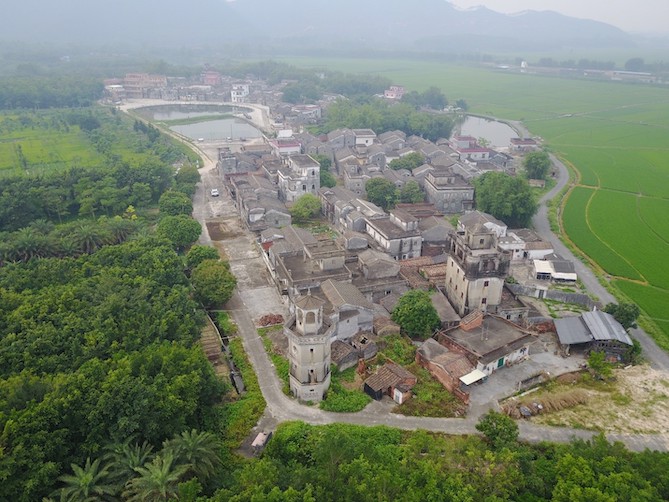
Find your ancestral village and connect with Chinese relatives!
If you are interested in finding your ancestral village and connecting with relatives in China, we would love to be of assistance. Our global team of researchers has helped hundreds of families discover their Chinese roots. Learn more about our services or go ahead and get in touch!
With the global pandemic, My China Roots is offering virtual tours packaged with our research trips to your ancestral village. Check out a demo here!


